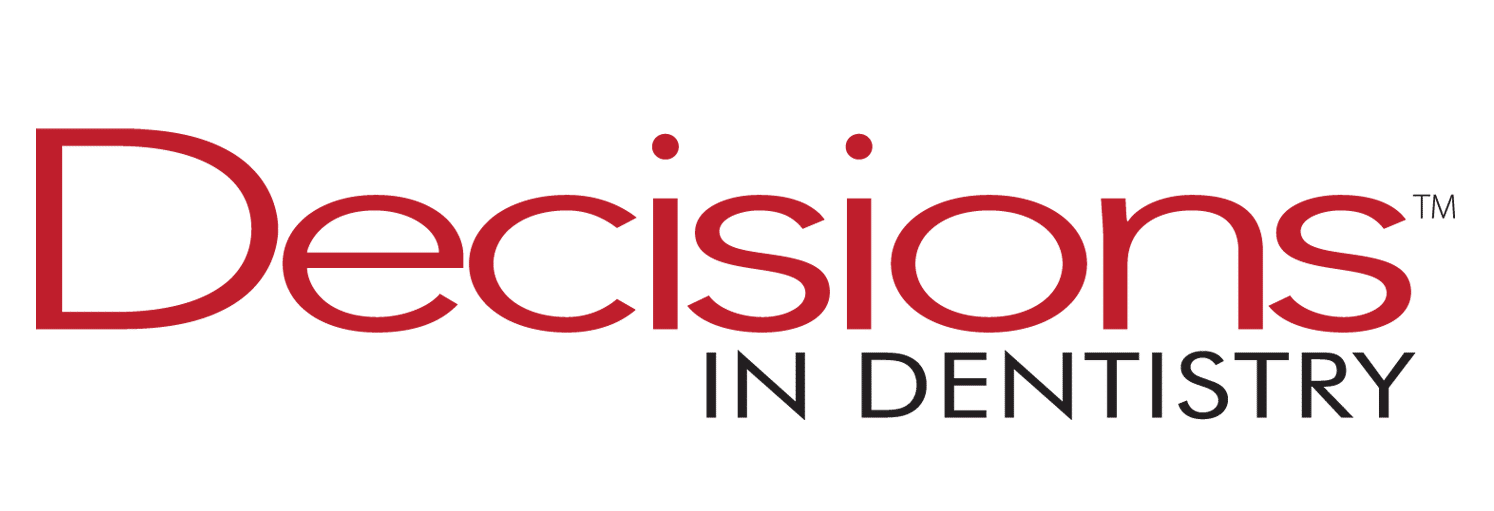
With Dental Data Stuck in ‘Proprietary Silos,’ ADA Calls for More Inclusion in Federal Health IT Plan
The Federal Health Information Technology (IT) Strategic Plan for 2024–2030 is designed to help the federal government boost health outcomes for all Americans. Goals of the plan include promoting health and wellness, improving the experience and delivery of care, accelerating research and innovation, connecting the health system with health data, encouraging the use of health IT to improve quality and safety of care, modernizing the nation’s public health data infrastructure, and bringing together the scientific, public health, and healthcare communities to translate evidence into better outcomes. The proposed plan was open for public comment until the end of May.
The American Dental Association (ADA) made public comments encouraging the inclusion of dental care into the plan, which is overseen by the Office of the National Coordinator for Health Information Technology (ONC). The ADA contends that the dental industry faces significant barriers to participating in the plans aforementioned goals due to current policy and technological gaps.
In a letter addressed to Xavier Becerra, Secretary of the Department of Health and Human Services, the ADA highlighted that exclusions and exemptions for dental software have led to a fragmented technology landscape. This fragmentation results in dental data being isolated in “proprietary silos,” making technology both expensive and complicated for dental practices.
The ADA is specifically pushing for better access to tools like e-prescription drug monitoring programs and digital imaging, which are crucial for dental practice management. They recommend that the ONC convene a special interest workgroup on dental health information technology to explore making dental health a priority area.
The ADA’s requests to the ONC include analyzing gaps in current policies, developing a roadmap for dental interoperability, and promoting the inclusion of dental content in health IT curricula. The ADA argues that these changes are essential to bridge the gap in dental health information technology, ultimately improving patient access to care and integrating dental practices into the broader health IT ecosystem. Click here for more information.


